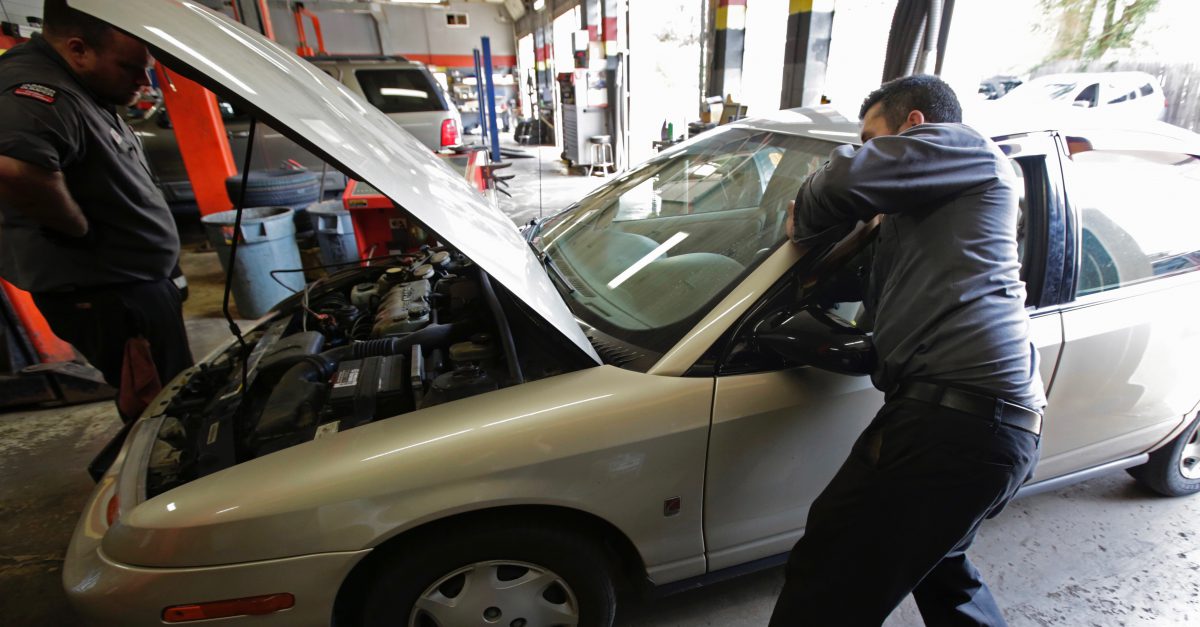You’ve got $100 left before payday. But is that $100 really worth, well, $100?
Videos by Rare
A new study compiled by the Tax Foundation measures purchasing power across the United States, using a flat number — $100 — as the basis. Across the country, they say that $100 can buy you as much as $116.00 in goods and services and as little as $84.18.
They base their study on newly-released numbers from the Bureau of Economic Analysis. They computed something called “Regional Price Parities,” which are measurements of how expensive basic necessities like food, fuel, transportation and clothing are in each state.
The difference between the top and the bottom is enormous; the Tax Foundation says it’s about 36 percent. That means that the same person would need to earn 36 percent more in Washington D.C. (the bottom of the chart) to have the same standard of living as someone who lived in Mississippi (the top of the chart).
The Tax Foundation rightly points out that incomes are usually adjusted in areas with less purchasing power. That means the same job in New York and Alabama would probably pay different salaries, even if they do the same thing.
RELATED: 10 tips for taking full advantage of back-to-school sales
Why’s the difference between the states so big? It’s complicated.
Taxes are part of that, but not the whole story. The places with the lowest purchasing power — D.C., California, Hawaii, New York, New Jersey — have some of the most expensive real estate in the country. That’s driven up by market forces like supply and demand as well as policy. Alaska and Hawaii are additionally expensive because of how remote they are.
At the top of the chart are Mississippi, Alabama, Arkansas, South Dakota, and Kentucky: places where $100 can purchase more than $100 in goods and services. That’s not a typo, just a consequence of how the Tax Foundation organized their data. Your dollar will go the farthest in these states.



